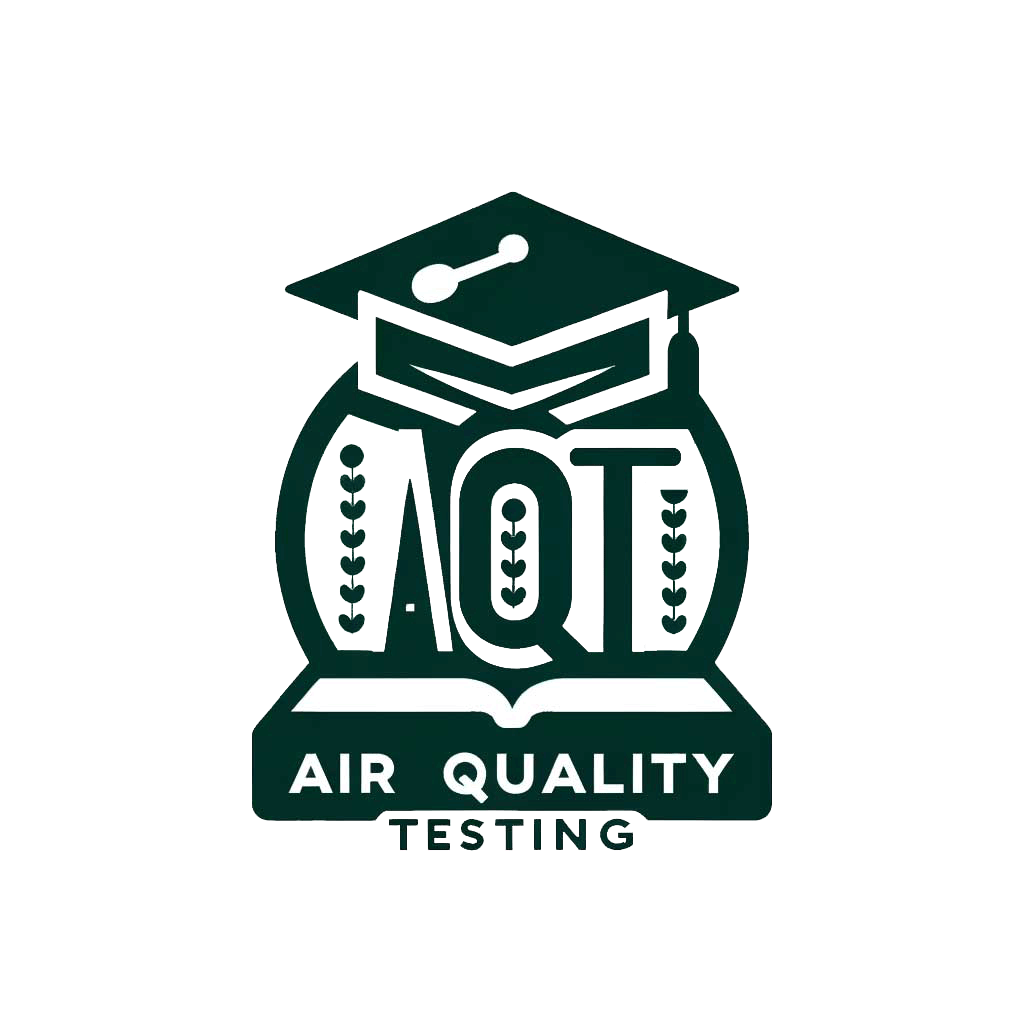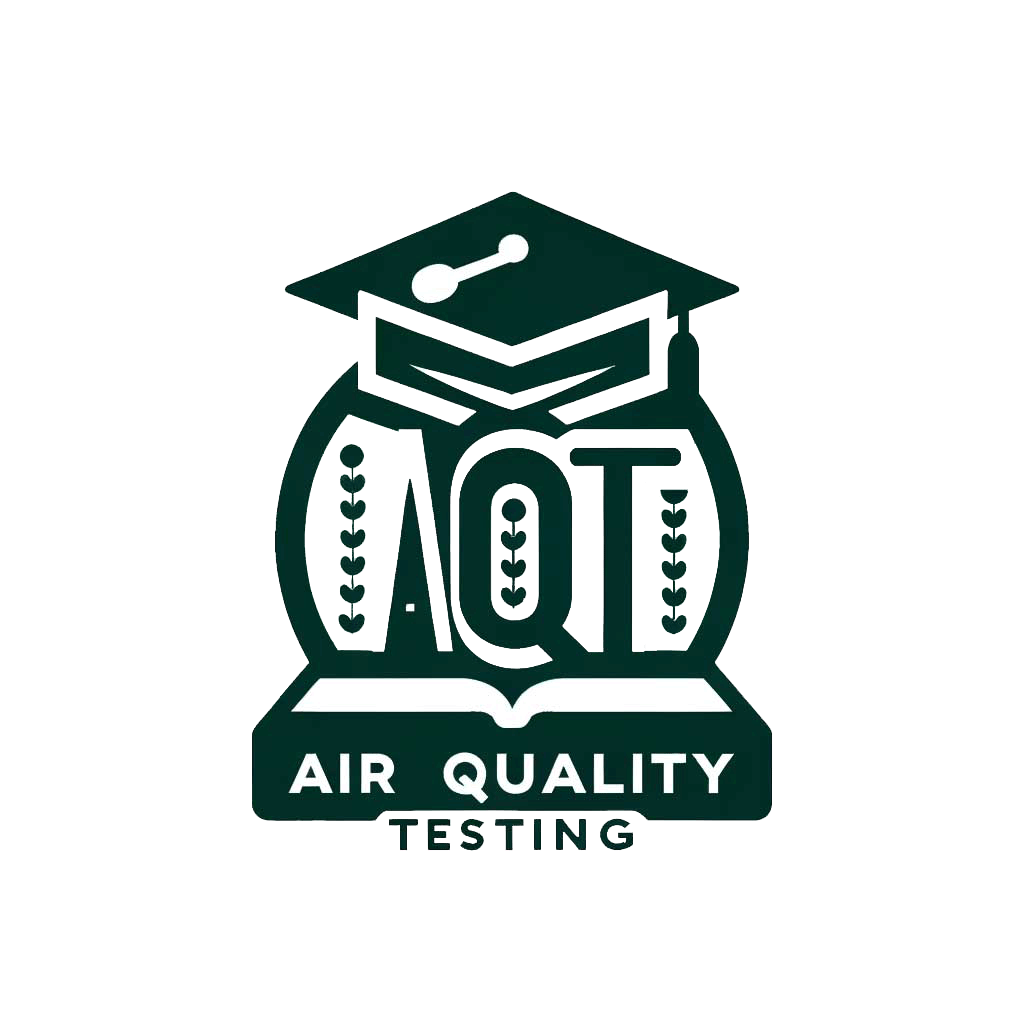Outdoor Air Quality


Pollutants in the Air
Invisible Threats
The quality of outdoor air is significantly influenced by various pollutants, many of which are invisible to the naked eye but have substantial impacts on environmental and human health. This section delves into the major categories of outdoor air pollutants, focusing on particulate matter (PM) and harmful gases, alongside discussing their potential sources and the threats they pose.
Particulate Matter (PM)
- Definition and Types: Particulate matter encompasses a wide range of tiny particles and droplets suspended in the air. PM is categorized by size into PM2.5 (particles with diameters of 2.5 micrometers and smaller) and PM10 (particles with diameters of 10 micrometers and smaller). PM2.5 can penetrate deep into the lungs and even enter the bloodstream, posing significant health risks.
- Sources: The sources of PM include combustion processes (such as those from vehicles, industrial facilities, and residential wood burning), construction sites, unpaved roads, fields, and wildfires. Natural sources also contribute to PM levels, including volcanic eruptions and dust storms.
Harmful Gases
- Key Pollutants: The major harmful gases contributing to outdoor air pollution include ozone (O3), nitrogen dioxide (NO2), sulfur dioxide (SO2), and carbon monoxide (CO). Each of these gases can have severe health impacts, affecting the respiratory and cardiovascular systems.
- Ozone (O3): Ground-level ozone, formed when pollutants from cars, factories, and other sources react with sunlight, irritates the respiratory system, exacerbating asthma and other lung conditions.
- Nitrogen Dioxide (NO2): Emitted from vehicle exhaust, power plants, and off-road equipment, NO2 can cause respiratory problems and contribute to the formation of ground-level ozone and particulate matter.
- Sulfur Dioxide (SO2): Produced by the burning of fossil fuels by power plants and other industrial facilities, SO2 can affect the respiratory system and make breathing difficult.
- Carbon Monoxide (CO): This colorless, odorless gas is produced by incomplete combustion in engines and can interfere with the blood’s ability to carry oxygen, particularly affecting heart health.
Potential Sources
- Anthropogenic Sources: Human activities are the primary contributors to outdoor air pollution. Industrial processes, vehicle emissions, agricultural activities, and the burning of fossil fuels are significant sources of both particulate matter and harmful gases.
- Natural Sources: While human activities are major contributors, natural events such as wildfires, volcanic eruptions, and dust storms also release large quantities of pollutants into the air, affecting air quality and health.
The Threats Posed
The health impacts of outdoor air pollutants are profound and wide-ranging. Exposure to PM and harmful gases can lead to respiratory issues, cardiovascular diseases, and premature death. Vulnerable populations, including children, the elderly, and those with pre-existing health conditions, are particularly at risk. Beyond health, these pollutants also have environmental impacts, contributing to climate change, acid rain, and the degradation of ecosystems.
Addressing the invisible threats posed by outdoor air pollutants requires a comprehensive approach, including monitoring air quality, regulating emissions, and promoting clean energy alternatives. By understanding the sources and impacts of these pollutants, communities and policymakers can take informed actions to improve air quality and protect public health and the environment.
Transportation Blues
Transportation is a critical component of modern society, facilitating mobility and economic growth. However, it also stands as a significant source of air pollution, primarily through exhaust emissions from vehicles. This section explores the substantial contribution of transportation to air pollution, focusing on the types of pollutants emitted by vehicles and their impact on local air quality.
Vehicle Emissions and Their Pollutants
- Exhaust Emissions: Vehicles emit a variety of pollutants through exhaust gases, which include particulate matter (PM), nitrogen oxides (NOx), sulfur dioxide (SO2), carbon monoxide (CO), volatile organic compounds (VOCs), and ozone (O3). These emissions result from the combustion of fossil fuels (petrol, diesel) in internal combustion engines.
- Particulate Matter (PM): Both diesel and gasoline vehicles emit PM, with diesel engines producing more significant amounts of smaller, more harmful particles. PM from vehicles can penetrate deeply into the lungs and bloodstream, causing respiratory and cardiovascular diseases.
- Nitrogen Oxides (NOx): Vehicles, especially those running on diesel, are major sources of NOx emissions. NOx contributes to the formation of ground-level ozone and smog, which can exacerbate respiratory conditions such as asthma.
- Carbon Monoxide (CO): Incomplete combustion in vehicle engines leads to CO emissions, a colorless, odorless gas that reduces the blood’s ability to carry oxygen, posing a risk to cardiovascular health.
- Volatile Organic Compounds (VOCs): Emitted from both fuel and the evaporation of unburned fuel, VOCs react with NOx in the presence of sunlight to form ozone, contributing to smog formation.
Impact on Local Air Quality
- Local and Urban Impact: The concentration of vehicles in urban areas means that transportation is a leading cause of local air pollution. Traffic emissions significantly degrade air quality, affecting the health of urban populations and contributing to the urban heat island effect.
- Vulnerable Populations: People living in densely populated areas, near busy roads, or in communities with high traffic volumes are especially vulnerable to the health effects of transportation-related air pollution. Children, the elderly, and individuals with pre-existing health conditions face higher risks.
- Mitigation Measures: Reducing the impact of transportation on air quality requires a multifaceted approach. This includes promoting cleaner transportation technologies (such as electric vehicles), improving fuel quality, implementing stricter emission standards, and encouraging public transit, cycling, and walking.
Conclusion
The significant contribution of transportation to air pollution highlights the need for concerted efforts to reduce vehicle emissions and promote cleaner alternatives. By understanding the sources and impacts of transportation-related pollutants, communities, policymakers, and individuals can take informed steps towards improving air quality and protecting public health. Transitioning to sustainable modes of transportation and investing in green infrastructure are critical components of tackling the transportation blues and ensuring a cleaner, healthier future for all.
Industrial Footprints
The industrial sector is a cornerstone of economic development, yet it remains a significant source of air pollution, contributing to environmental degradation and public health issues. This section explores the air pollution generated by industrial activities, highlighting the key industries involved, the pollutants they emit, and the potential health risks associated with exposure to these emissions.
Key Industries and Pollutants
- Energy Production: Power plants, especially those that burn coal and oil, are major sources of sulfur dioxide (SO2), nitrogen oxides (NOx), particulate matter (PM), and mercury emissions. These pollutants can lead to respiratory problems, cardiovascular diseases, and environmental acidification.
- Manufacturing and Construction: The manufacturing sector, including steel, cement, and chemical plants, emits a wide range of pollutants, such as VOCs, PM, and various hazardous air pollutants (HAPs). Construction activities contribute to dust and PM levels, impacting local air quality.
- Oil and Gas Industry: This sector is responsible for significant emissions of methane (a potent greenhouse gas), VOCs (contributing to ozone formation), and other pollutants like benzene, a known carcinogen.
Potential Health Risks
- Respiratory and Cardiovascular Diseases: Exposure to industrial pollutants can exacerbate respiratory conditions like asthma and bronchitis and is linked to an increased risk of heart attacks and stroke due to the systemic inflammation caused by pollutants such as PM2.5.
- Cancer: Certain industrial emissions, including benzene, asbestos, and formaldehyde, are classified as carcinogens, with prolonged exposure increasing the risk of developing cancer, particularly lung cancer.
- Neurological and Developmental Effects: Some pollutants, including heavy metals like mercury and lead, can have detrimental effects on the nervous system and are linked to developmental delays and cognitive impairments in children.
Mitigation and Regulation
- Emission Controls: Implementing stricter emission controls and adopting cleaner technologies can significantly reduce industrial air pollution. This includes the use of scrubbers and filters to capture pollutants before they are released into the atmosphere.
- Policy and Legislation: Effective environmental legislation and policies, such as emissions trading schemes and industrial standards, play a crucial role in regulating industrial emissions and protecting public health.
- Community Monitoring and Advocacy: Communities affected by industrial pollution can engage in monitoring efforts and advocate for stricter regulations and cleaner industrial practices to ensure their health and environmental well-being.
Conclusion
Industrial activities, while essential for economic development, contribute significantly to air pollution and associated health risks. By understanding the sources and impacts of industrial pollutants, societies can take informed actions to mitigate these effects. Balancing industrial development with environmental sustainability and public health protection requires a combination of technological innovation, effective regulation, and active community engagement. Addressing the industrial footprints in our air is a critical step toward cleaner, healthier environments for current and future generations.
Natural Sources
While human activities significantly contribute to outdoor air pollution, natural phenomena also play a crucial role in influencing air quality. Events such as dust storms, wildfires, and volcanic eruptions can introduce large quantities of pollutants into the atmosphere, affecting air quality over vast areas and posing health risks to populations. This section explores these natural sources of air pollution, their impact on outdoor air quality, and the challenges they present in managing air quality.
Dust Storms
- Overview: Dust storms, particularly prevalent in arid and semi-arid regions, can mobilize huge quantities of fine particulate matter (PM) from the Earth’s surface and disperse it over large geographical areas.
- Impact: The fine dust particles can travel thousands of kilometers from their source, deteriorating air quality and reducing visibility. Inhalation of these particles can exacerbate respiratory conditions, trigger asthma attacks, and cause cardiovascular problems.
Wildfires
- Overview: Wildfires release vast amounts of smoke and fine particles into the atmosphere. Climate change and land use practices have led to an increase in the frequency and intensity of wildfires, amplifying their impact on air quality.
- Impact: Wildfire smoke can significantly degrade air quality, both locally and in areas far downwind of the fires. The smoke contains a complex mix of gases and fine particles that can irritate the eyes, nose, throat, and lungs, leading to increased hospital admissions for respiratory and cardiovascular issues.
Volcanic Eruptions
- Overview: Volcanic eruptions are powerful natural events that emit gases and particles into the atmosphere. Major eruptions can inject ash and volcanic gases, including sulfur dioxide (SO2), into the stratosphere, affecting air quality and climate on a global scale.
- Impact: Volcanic ash can cause respiratory problems when inhaled and aggravate pre-existing lung conditions. Sulfur dioxide from volcanic gases can lead to acid rain and the formation of sulfate particles, further impacting air quality and public health.
Challenges in Air Quality Management
- Predictability and Control: Unlike pollution from human activities, natural sources of air pollution are difficult to predict and control. This unpredictability poses significant challenges in managing air quality, especially in regions prone to these natural phenomena.
- Preparedness and Response: Effective management of air quality impacts from natural sources requires robust monitoring systems, early warning capabilities, and public health preparedness to minimize exposure and protect vulnerable populations.
Conclusion
Natural phenomena such as dust storms, wildfires, and volcanic eruptions are significant contributors to outdoor air pollution. Recognizing the role of these natural sources is essential for comprehensive air quality management. While it may be challenging to control these natural events, understanding their impacts allows for better preparedness, response strategies, and public health measures to mitigate their effects on air quality and human health.
frequently asked questions
How does the number of occupants in a home or building impact indoor air quality and duct cleaning frequency?
The number of occupants significantly affects indoor air quality, with more people leading to faster dust and allergen accumulation. Duct cleaning frequency should be adjusted accordingly.
How does family living, especially with children and pets, affect the need for more frequent duct cleaning?
Families with more occupants, children, and pets might need to consider duct cleaning every 2-3 years to maintain healthy indoor air quality.
In multi-family buildings like condominiums, what factors influence the frequency of duct cleaning?
Centralized HVAC systems in multi-family buildings can accumulate pollutants faster. Building management should consider annual inspections and more frequent cleaning to ensure optimal air quality.
What frequency of duct cleaning is advisable for homes with shared housing arrangements, such as renters or extended family?
Homes with shared living situations might benefit from annual or bi-annual duct cleaning to manage increased activity and maintain a healthier environment.
Why do office buildings with a higher number of employees often require more frequent duct cleaning?
Increased occupancy in office buildings leads to greater air quality challenges due to activity and equipment use. They generally require more frequent cleanings.
What is the recommended duct cleaning frequency for high-traffic commercial spaces like retail stores or restaurants?
High-traffic commercial spaces often need quarterly or bi-annual duct cleaning to ensure a healthy environment and comply with health standards.
Why might schools and educational institutions consider yearly or seasonal duct cleaning?
Schools, with their high occupancy of children susceptible to respiratory issues, may benefit from yearly or seasonal duct cleaning to maintain a healthy learning environment.
How does the seasonal nature of rentals impact duct cleaning frequency?
Properties rented out seasonally may require duct cleaning after a high-traffic rental season to ensure good air quality for the next group of renters.
Why is it crucial to consult with professional duct cleaning services when determining cleaning frequency based on occupancy levels?
Professional services can assess specific conditions and provide expert guidance on the most appropriate cleaning schedule tailored to your situation.



 NADCA
NADCA 


